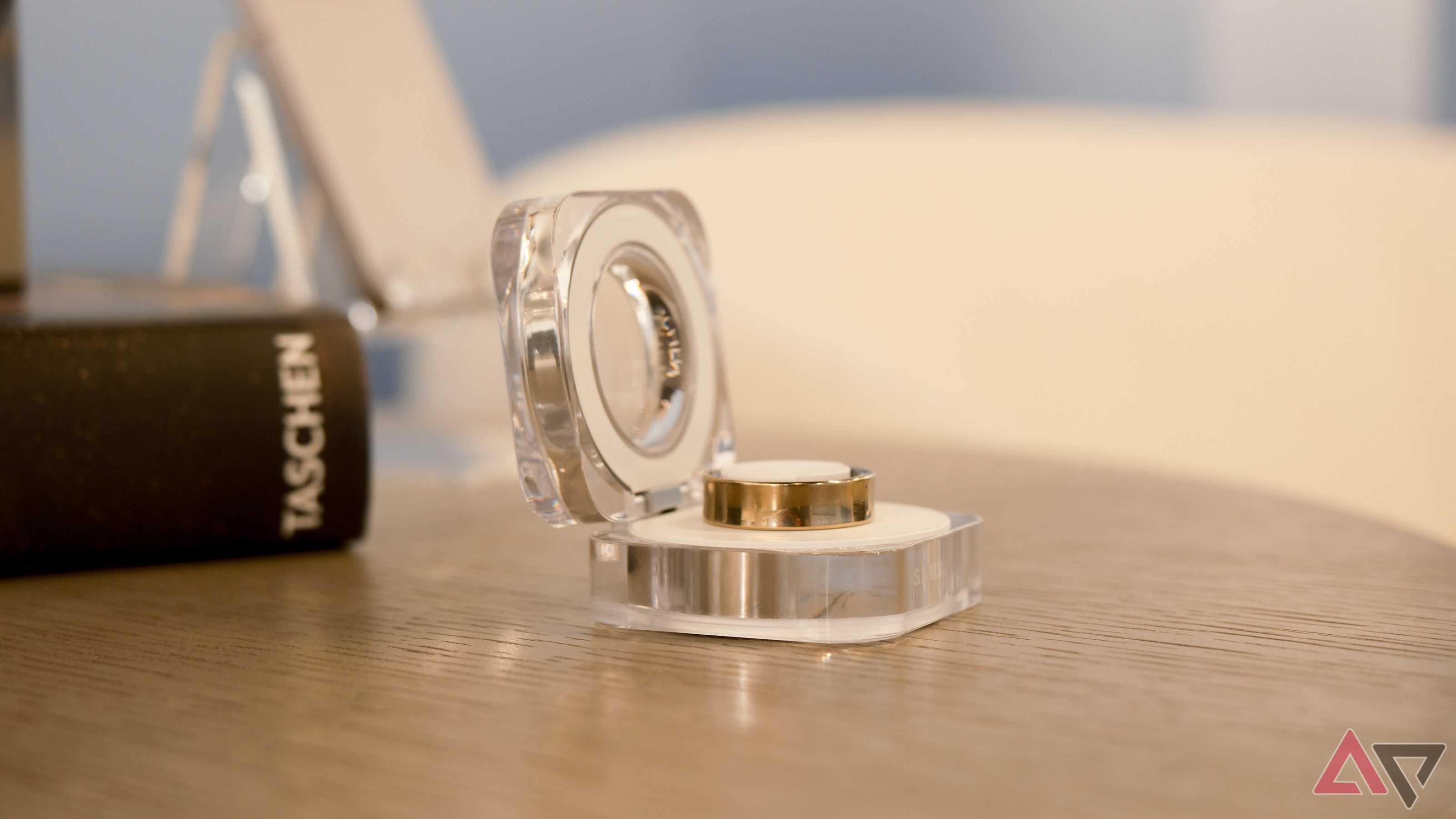Summary
- Galaxy Ring’s innards revealed by the iFixit team: melting resin and plastic is the key to accessing the ring’s internals.
- The battery and coil are connected through a press connector for convenience, but the non-repairable design raises questions.
- The Samsung’s Galaxy Ring internals do not reveal any other surprises.
Samsung entered a new product category this year with the launch of the Galaxy Ring. The company’s first ring packs all the bells and whistles to take on the competition, including a week-long battery life and effective health tracking. Despite packing so much tech, the Galaxy Ring looks just like a ring from the outside. It’s the inside that packs all the interesting bits. You are unlikely to destroy your $400 smart ring to get a look at its internals, though. Thankfully, the iFixit team has done that job for you.

Related
How does the Samsung Galaxy Ring measure my stress level?
Keep an eye on your stress levels
Accessing the Galaxy Ring’s innards is no easy job. It is a one-way road, which destroys the wearable and leaves it in a non-usable state. The experts at iFixit had to melt the resin and plastic coating on the inside of the ring and then chip it away with a dental pick to access the internals. This also means that if your Galaxy Ring stops working a year after purchase, you can forget about repairs. Throw it in the dustbin and buy another unit if needed.
The most interesting part of the Galaxy Ring’s internals? Samsung connects the battery and inductive coil to the circuit board through a press connector. This approach helps make battery replacement easier, but it makes little sense on the Galaxy Ring since it has a non-repairable design.
Samsung could have soldered the coil to the logic board to save space. So why did the company not do this? As iFixit speculates, it could be because the battery and wireless charging coil are made in one place, with the circuit board being manufactured in another. The Korean giant likely assembles the ring at a separate production line, where using a press connector is more cost-effective than soldering the parts together.
Surprisingly, Oura — a much smaller company than Samsung — has soldered the wireless charging coil to the PCB on the Ring Gen 3.
The Galaxy Ring does not pack any other surprises
Barring this, the Galaxy Ring’s internals don’t spring a surprise. The company uses components that are already widely available and used in other devices. This includes a power management chip from Analog Devices, a wireless charging controller, NFC connectivity from NXP, and more.
The iFixit team also collaborated with the Lumafield team to do a CT scan of the Galaxy Ring, which looks ridiculously cool. You can view it in 3D over here.
Source link


